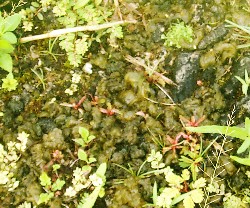
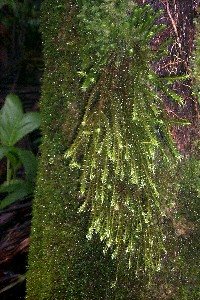
Place the letter for the correct name of the plant under the picture of the plant. Write the name in your language (local name), if any. Write down a use for the plant in Micronesia.

|

|
| Found on rocky ground in the sun. | Found near rivers, on trees, and in the shade. |
| 1. _____ | 2._____ |
| Local name: | Local name: |
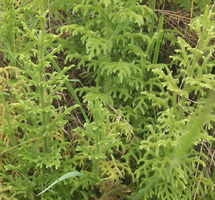
|
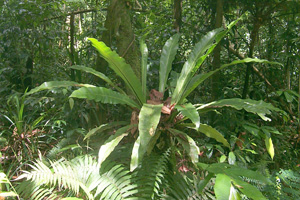
|
| Found on sunny hilltops beyond the gym | Found growing on trees |
| 3. _____ | 4._____ |
| Local name: | Local name: |
| Local use: | Local use: |
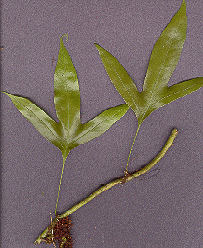
|

|
| Found growing on trees, including coconut palms. | Found growing on trees, always hangs down. |
| 5. _____ | 6. _____ |
| Local name: | Alis in Nahnseu sed (Pohnpei only) |
| Local use: | Local use: |